Gold prices saw a strong surge, reaching new record highs, driven by increased demand for safe-haven assets. This rise followed U.S. President Donald Trump’s announcement of new tariffs on essential commodity imports, raising concerns about the impact on global trade. In response, Asian markets recorded significant declines in high-risk assets, while the U.S. dollar continued to strengthen. However, this did not prevent gold from climbing further.
Spot gold rose by 1.1%, reaching $2,892.30 per ounce, while gold futures increased by 0.9% to $2,916.05 per ounce. Despite gold’s strength, other precious metals lacked similar momentum. Silver futures remained stable at $32.465 per ounce, while platinum rose 0.6% to $1,015.10 per ounce.
Trump also announced a 25% tariff on all steel and aluminum imports, a move aimed at protecting domestic industries and boosting internal production. This decision aligns with Trump’s broader strategy to rebalance the U.S. trade deficit but has sparked fears of escalating trade disputes with major partners such as Canada, Brazil, and Mexico, which are among the largest suppliers of steel to the United States.
The decision triggered widespread reactions. Some American manufacturers saw it as a positive step to strengthen the domestic steel sector, while others raised concerns about rising production costs. Canadian officials warned that these tariffs could hurt U.S. industries themselves. Quebec, which supplies 60% of the U.S. aluminum demand, voiced strong objections, suggesting that American companies might turn to China for alternatives.
Beyond trade policies, Trump has intensified pressure on Canada and Mexico to take stricter border security measures. He threatened additional tariffs starting March 1 if both nations failed to implement decisive actions to curb illegal migration and smuggling activities. Despite initial concessions—including Mexico deploying 10,000 National Guard troops and Canada strengthening its border security—Trump deemed these efforts insufficient, stating, “The current situation is unsustainable, and I will change it soon.” This signals further diplomatic and trade tensions in the near future.







